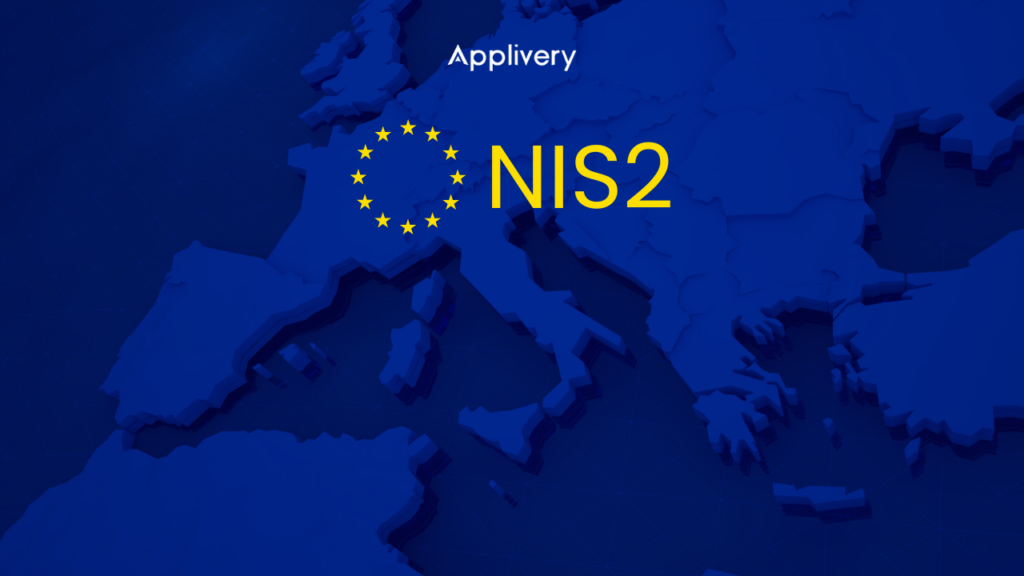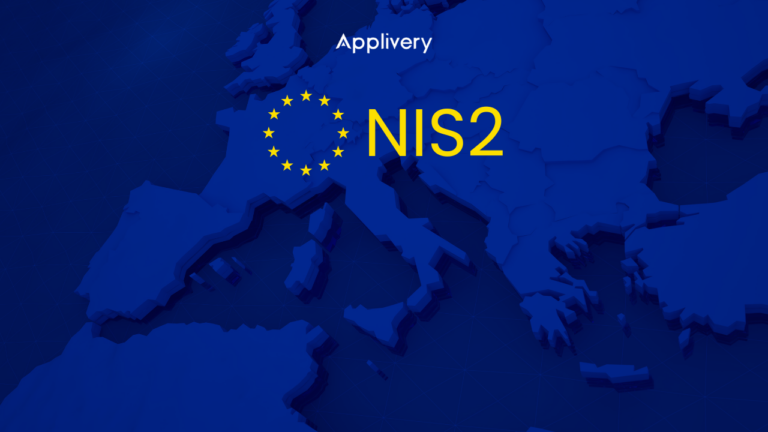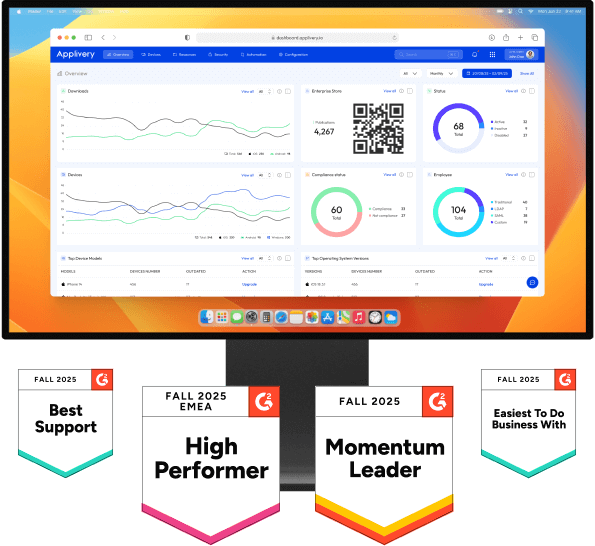What is NIS2 and why is it important?
NIS2 is the European Union’s response to the growing cyber threats and the need for greater cohesion in cybersecurity strategies among member states. This directive focuses on ensuring that critical infrastructures such as energy, transport, banking, and healthcare are better protected against cyberattacks. It also extends to sectors that were previously unregulated, such as the manufacturing of medical products, food supply, and public administration.
Unlike its predecessor, NIS2 expands the number of regulated sectors and toughens penalties for non-compliance. This not only raises the level of security but also imposes new responsibilities on companies, regardless of their size.
Who does NIS2 affect?
NIS2 sets mandatory requirements that must be met by both large companies and small and medium-sized enterprises (SMEs), as long as they operate in sectors considered essential or important. This includes, among others:
- Energy: Companies providing electricity, oil, and gas.
- Transport: Airlines, ports, and transport operators.
- Healthcare: Hospitals and medical product providers.
- Banking and financial services: Including stock exchanges and payment platforms.
- Public administrations: Governmental and municipal institutions managing sensitive data.
Additionally, the directive has significant implications for tech companies that provide services to these critical sectors, especially those handling large volumes of data or responsible for digital infrastructure.

The main changes introduced by NIS2
Expansion of regulated sectors
Tougher penalties
Notification obligations
Cross-Border collaboration
How can you prepare to comply with NIS2?
Assess Your Current Situation: Conduct a thorough audit of your security systems and processes to identify vulnerabilities and areas for improvement.
Establish Cybersecurity Policies: Implement clear security policies that cover both your digital infrastructure and your company’s daily operations. This includes employee training and risk management.
Incorporate Advanced Technologies: Adopt proactive protection tools such as intrusion detection systems, artificial intelligence for threat identification, and advanced data encryption.
Create an Incident Response Plan: Develop a contingency plan that enables your organization to respond quickly and efficiently to any cyberattack. This plan should include protocols for internal and external communication, as well as procedures for recovering affected systems.
Meet Notification Obligations: Ensure you have the necessary mechanisms in place to report security incidents in a timely manner and in compliance with NIS2 regulations.
How can Applivery help you?
At Applivery, we understand that complying with cybersecurity regulations can be a challenge. Our platform not only facilitates the management of the security of your devices, mobile applications, and the deployment of updates, but it can also be a key tool in automating certain processes related to NIS2 compliance:
- Fast and Secure Application Deployment: Keep your applications updated and free of vulnerabilities, a crucial requirement under NIS2.
- Continuous Monitoring: Applivery’s platform allows for constant monitoring of your applications to detect any security anomalies that need to be addressed immediately.
The implementation of the NIS2 Directive marks a crucial step in strengthening cybersecurity across the European Union. Companies must take proactive measures to comply with the new requirements and avoid penalties. Although it may seem challenging, proper preparation and the use of tools like Applivery can significantly ease compliance.







